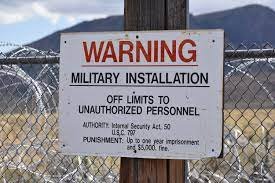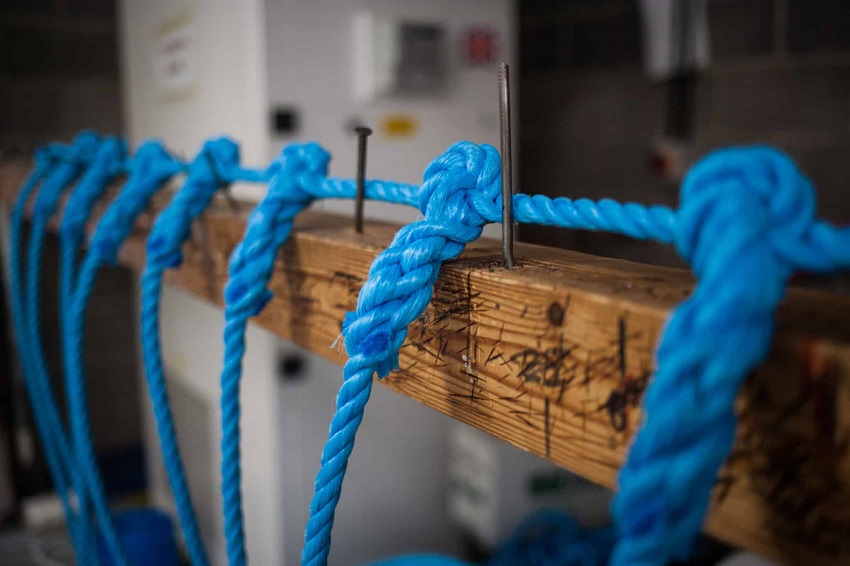You may have heard Chapter 8 mentioned in terms of vehicle safety, but what exactly is meant by this term?
Chapter 8 refers to vehicle livery for vehicles that may have to stop on UK roads for inspection or work purposes. Livery that meets the provisions of Chapter 8 is considered as best practice by the Department of Transportation and the minimum level for safety warnings that is required.
The details of Chapter 8 are not legally binding, however, taking recommendations seriously though is highly recommended and can save you from a nightmare in potential legal action if one of your fleets has an accident.

In terms of the business fleet, Health and Safety at Work 1974 Act and Workplace Health and Safety (NI) Order of 1978 states that all clients, employers and employees hold the responsibility to build and maintain a safe work system.
The details of Chapter 8 can be considered to indicate what is reasonably expected to meet Health and Safety requirements at the Workplace, etc. 1974 Act and all related regulations. For more information on how to deck out your vehicles in Chevron Kits, visit https://www.vehiclechevrons.com
Chapter 8 defines a useful practice code that allows companies to meet legal requirements in a variety of different circumstances. While it has no enforcement in law, the important thing to note is that many of the principles of this document are also covered by official laws in Safety at Street and Road Works – Code of Practice, which is under Sections 65 and 124 of the New Road and Street Works Act 1991.
So, what is the appropriate livery?
It has a suitable livery recommended for all roads but especially high-speed highways. All vehicles that may stop for inspection or to do work must:
Be equipped with a very visible back sign in bright and attractive colours, namely yellow or white. The recommended colour is a non-reflective lemon known as no. 355.

Markings must consist of:
Good – Chevron alternative strips are retro-reflective / red orange and fluorescent yellow with a width of not less than 150mm and positioned at an angle between 45 and 60 degrees horizontally or pointing up.
Or – A solid fluorescent block of orange / red reflective material that covers the back of the vehicle as practicable while not covering the lamp, registration plate or window.
On both sides of the vehicle there should also be a strip of micro prismatic material with a minimum width of 50mm and retro-reflective tape placed on all the edges of the back door when opened, equipment lockers and guardrails.
On occasions where a high visibility rear facing sign will be obscured by a device mounted like an accident cushion mounted on a truck, additional marks must be applied to the rear surface of the installed device that is displayed for road users behind.



